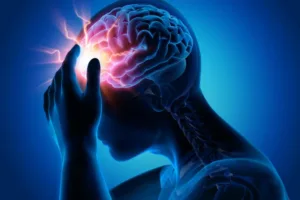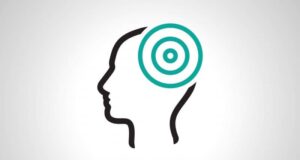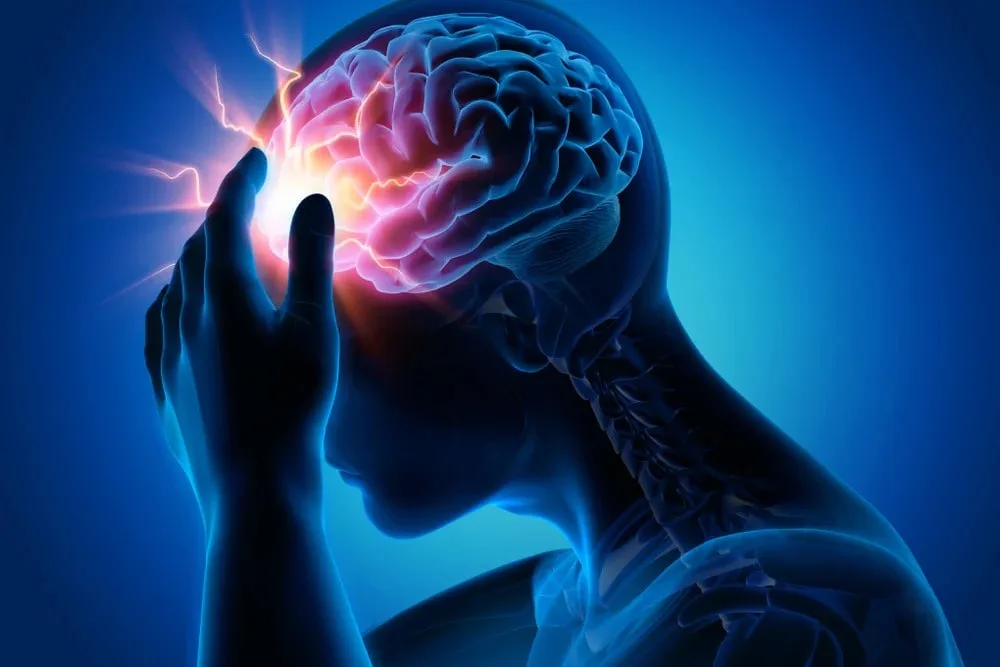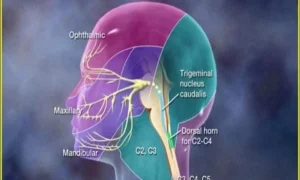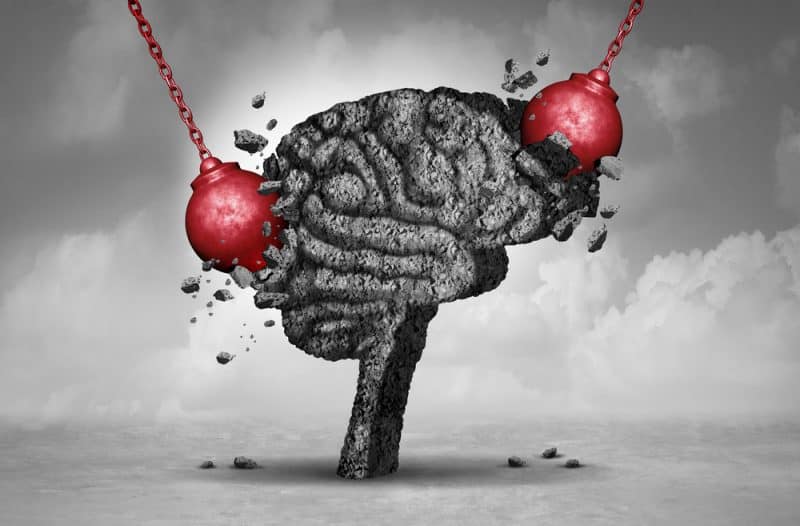Cervical dystonia, also referred to as spasmodic torticollis, is a rare and painful neurological condition causing involuntary contractions of neck muscles, resulting in twisting of the head to one side, forward or backward. In some individuals, the abnormal muscle contractions can be continuous, and in others, they can cause spasms and tremours.
Cervical dystonia can be quite debilitating, causing migraines and pain, and discomfort due to abnormal postures. This condition can also negatively affect one’s quality of life and make it difficult to carry out daily activities.
What are the symptoms of cervical dystonia?
Cervical dystonia can occur at any age, but is more common in middle-aged people, and affects women more often than men. Cervical dystonia can cause symptoms that range from mild to severe.
Sometimes, cervical dystonia symptoms begin with shaking of the head from side to side, as if to say “no.” Specific neck muscles can also contract and stay contracted, or they may contract for shorter periods of time, causing the neck to twist. Moreover, frequent or severe contractions caused by this condition may be painful.
Cervical dystonia symptoms generally begin gradually and progress until they remain stable and can involve any of the muscles of the neck.
Some of the common symptoms of cervical dystonia include the following:
- Chin pulled toward shoulder
- Ear pulled toward shoulder
- Chin pulled straight up
- Chin pulled straight down
- Severe headaches
- Neck pain that can radiate into the shoulders
- Head tremours
What causes cervical dystonia?
Generally, cervical dystonia is categorized into primary and secondary cervical dystonia. Primary cervical dystonia typically has genetic causes and arises due to abnormalities in the brain region called basal ganglia responsible for initiating muscle movement. Secondary cervical dystonia occurs as a result of another medical condition, such as stroke, Parkinson’s disease or traumatic brain injury.
Cervical dystonia and headaches
Cervical dystonia can also cause headaches and migraines, which are thought to be caused by abnormal contractions of head and neck muscles. Moreover, studies show that a type of headache called cervicogenic headache is also common in individuals suffering from tremours in cervical dystonia. In cervicogenic headaches, the pain begins in the neck and the back of the head and radiates towards the front of the head.
Muscle spasms caused by cervical dystonia can serve as triggers for migraine headaches. Moreover, degeneration of the spine and irritation of nerve roots caused by cervical dystonia can also cause frequent headaches.
What is the treatment for cervical dystonia?
There is no single successful treatment option that can be successful for all affected individuals. Most treatments for this condition are aimed to relieve muscle spasms, unnatural postures and associated pain.
Some of the treatments for cervical dystonia include the following:
Botulinum toxin A injections
Botulinum toxin A is a protein produced by the bacterium Clostridium botulinum and its related species. When injected into affected regions, this toxin can block signal transmission from nerves to muscles, providing muscle relaxation.
The effects of botulinum toxin A injection on the contracted muscles begins approximately 2-3 days after the injection and provides relief for approximately 2-6 months. Subsequently, when the effect of botulinum toxin A wears off, cervical dystonia symptoms come back and another injection is needed for sustained effect.
Physical therapy
Working with a physical therapist can help individuals suffering from cervical dystonia identify specific physical exercises that can safely relieve the symptoms while relaxing and strengthening the muscles. Physical therapy can help patients with cervical dystonia by improving flexibility. Physical therapists can also help individuals suffering from cervical dystonia identify the movements which worsen their spasms and movements which relieve them.
When used in combination with other treatments, such as botulinum toxin A injections, physical therapy can help individuals suffering from this condition achieve relief and improve their quality of life. There are also certain “tricks” which may provide relief from spasms, including lightly touching the chin, cheek, upper face, or back of the head on the opposite side of the spasm.
Surgical procedures
If less invasive treatment is not effective, surgical procedures can be used to treat cervical dystonia as well. Deep brain stimulation is a surgical procedure where a thin wire is inserted into the brain and placed in the region of the brain that controls movement. The wire is used to deliver small electrical pulses aimed to interrupt the nerve signals causing abnormal muscle contractions and head positioning.
Another surgical procedure that can be used in cervical dystonia treatment is selective peripheral denervation. This procedure involves cutting the nerves which innervate the dystonic muscles. Although this treatment option can be effective, it involves a long rehabilitation period and some risk of unwanted side effects.
Complementary therapies
Individuals affected by cervical dystonia also may be at increased risk for depression and anxiety. Therefore, addressing any emotional and mental health issues can play an important role in the treatment of this condition. Regular relaxation practices, such as yoga, meditation and biofeedback can help individuals suffering from cervical dystonia get relief from discomfort, pain, and improve their quality of life.



